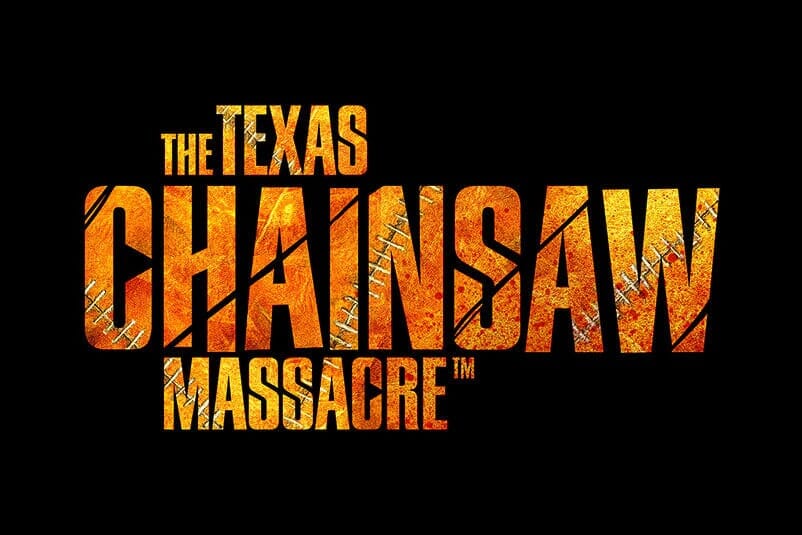Saint Catherine (2024): A Haunting Anthology of Exorcism and Survival
Saint Catherine (2024) is a supernatural horror anthology that explores themes of trauma, faith, and survival through the lens of demonic possession. Set within the mysterious and foreboding Saint Catherine Institute, the film follows a group of young orphaned girls who have survived satanic rituals. They are brought to this secluded institution, which claims to protect and rehabilitate them—but quickly reveals itself to be a place of even deeper horrors.
The central figure in the film is Ellie, a traumatized girl played by Valentina Mas, who is rescued from a cult and taken to the institute. There, she meets other girls like herself, each bearing scars from unspeakable pasts. The institute, however, is not merely a sanctuary—it is a battleground. The girls are subjected to a series of spiritual “trials” involving cursed objects and demonic entities. Their mission is to confront these supernatural forces head-on, guided by a group of stern and enigmatic religious figures.

Structured as an anthology, the film is divided into multiple segments, each directed by a different filmmaker. This multi-director approach allows for a variety of visual styles and narrative tones. From Latin American gothic to Middle Eastern folklore, each chapter introduces a new demon, a new test of faith, and a new psychological layer to Ellie’s story. Though visually intriguing, the segmented format can feel fragmented, as the transitions between stories are abrupt and the overarching narrative is loosely held together.
Valentina Mas delivers a convincing and emotionally grounded performance as Ellie. She portrays a young girl battling internal trauma while facing external supernatural threats. The supporting cast includes figures like Sister Elizabeth, Detective Mills, and Mother Superior Susan, who range from benevolent protectors to unsettling zealots. These performances add depth and ambiguity to the story, leaving viewers questioning the true intentions of the institution.

Visually, Saint Catherine leans into its horror roots with effective use of shadows, close quarters, and practical effects. The demons are designed with creativity and grotesque detail, making them memorable even when the narrative falters. One particular segment, set in the desert, stands out for its atmospheric use of setting and folklore, demonstrating the anthology’s potential for global horror storytelling.
Despite its ambitions, the film is not without flaws. The anthology structure, while bold, lacks cohesion. Some stories are stronger than others, and a few feel underdeveloped or rushed. The transitions between segments are jarring, and Ellie’s arc, though present, is sometimes overshadowed by the stylistic shifts. Viewers looking for a tightly plotted horror film may find the narrative scattered, though those interested in experimental horror or international voices in the genre may appreciate its variety.
In conclusion, Saint Catherine is a visually striking and thematically rich horror anthology that explores the dark intersections of faith, trauma, and evil. While it may not offer a cohesive or traditional storyline, its eerie atmosphere, creative direction, and haunting imagery make it a noteworthy entry in modern horror. It’s a film best approached with an open mind and a tolerance for fragmented storytelling.



